Forests are the predominant terrestrial ecosystem of Earth.
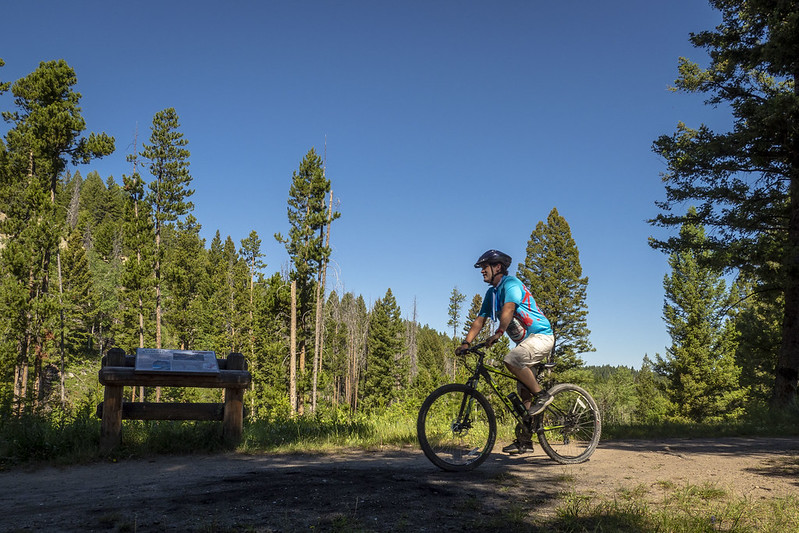
A forest is a plant community dominated by trees. Trees very often determine the nature of a given forest, it depends on the dominant trees species.
Plants in the forest depend on the climate, type of soil on which they grow and water conditions.
These factors cause that we have a huge wealth of different types of forests.
Even in a small area, due to the factors mentioned above, we can deal with different types of forests, i.e. with different vegetation.
Let's try to stop while walking through the forest and try to notice the different elements of the forest for a moment. In addition to a large area of greenery, we will see a slightly different picture, we will see a place where very different plants and animals live.
It is a very interesting experience that brings a lot of joy to many people.

Deer
A place where different species of plants and animals live together in a strong relationship and interdependence.
A place where plants and animals cooperate with some and sometimes compete with others.
Getting to know the world of forest plants and animals can provide a lot of satisfaction. The knowledge gained will allow us to enjoy our walks in the forest more.
To get the information you need, you can read richly illustrated books about the world of forest plants and animals. You can also visit places created by employees of national parks or forests, where these employees practically pass on knowledge about the forest.
You can also watch videos on youtube about selected places, often close to our place of residence, we will learn more interesting information about the natural world found in these forests.
Then, during our wanderings, we will be able to look for these elements of nature.
One professor of botany claimed that it is our natural habitat.
A forest is made up of many layers.
The main layers of all forest types are
- the forest floor,
- the understory,
- and the canopy.
Each layer has a different set of plants and animals, depending upon the availability of sunlight, moisture, and food.
Forest floor contains decomposing leaves and dead trees. Decay on the forest floor forms new soil and provides nutrients to the plants. This can be anything from leaves, cones, needles, twigs, bark, seeds/nuts, logs.
The forest floor supports ferns, grasses, mushroom, and tree seedlings.

Forest floor
Understory is made up of bushes, shrubs, and young trees that are adapted to living in the shade of the canopy.
Understory ( American English ), or understorey ( Commonwealth English ), also known as underbrush or undergrowth , comprises plant life growing beneath the forest canopy without penetrating it to any great extent, but above the forest floor.
The understory typically consists of trees stunted through lack of light, other small trees with low light requirements, saplings, shrubs, vines and undergrowth.
In an ecosystem , the ground cover forms the layer of vegetation below the shrub lay. The ground includes herbaceous plants, bryophytes and blooms of trees and shrubs. The most widespread ground covers are grasses of various types.
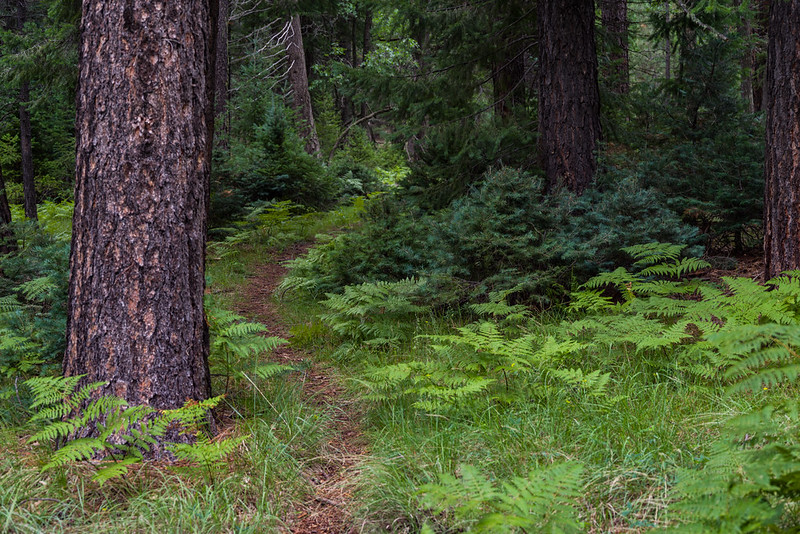
Understory
The understory experiences greater humidity than the canopy, and the shaded ground does not vary in temperature as much as open ground.This causes a proliferation of ferns, mosses, and fungi and encourages nutrient recycling, which provides favorable habitats for many animals and plants.
Canopy is formed by the mass of intertwined branches, twigs, and leaves of mature trees. The crowns of the dominant trees receive most of the sunlight. The canopy forms a shady, protective "umbrella" over the rest of the forest.
However, in botany and in many countries, a different classification of forest vegetation is often used: tree, shrub, herb, and moss layers.
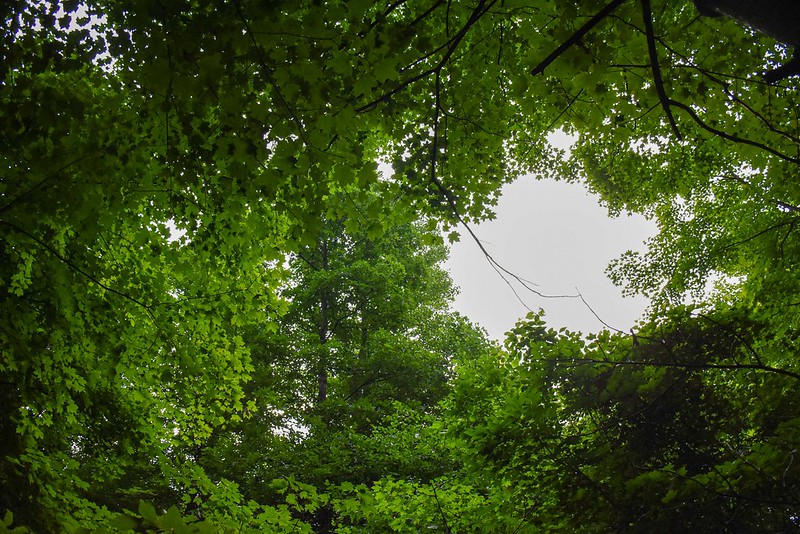
Canopy
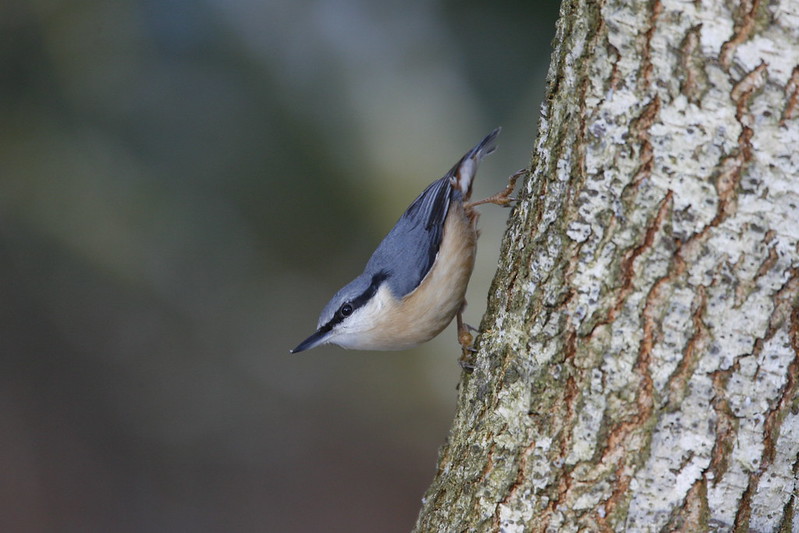
Nuthatch

Woodpecker
The advantage of birds is the ability to care for the health of tree stands.
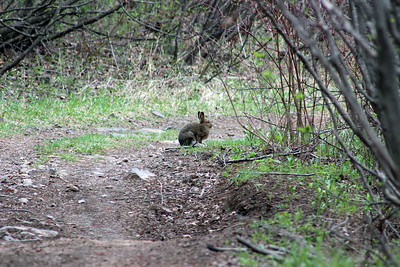
Hare
Forest - societal significance :
Serving as recreational areas.
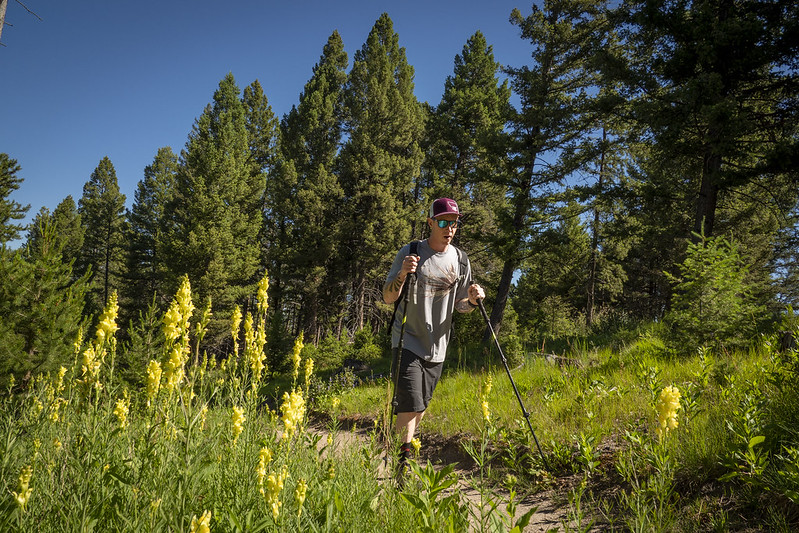
Acting as a carbon sink (converting carbon dioxide into oxygen and biomass).
Therefore, they are necessary to mitigate climate change.
Purifying water.
Mitigating natural hazards such as floods.
Serving as a genetic reserve.
Serving as a source of lumber.
For the time devoted to it, the forest will repay us with interesting adventures, fresh air, relaxation and birds singing.
source of information wikipedia.org
